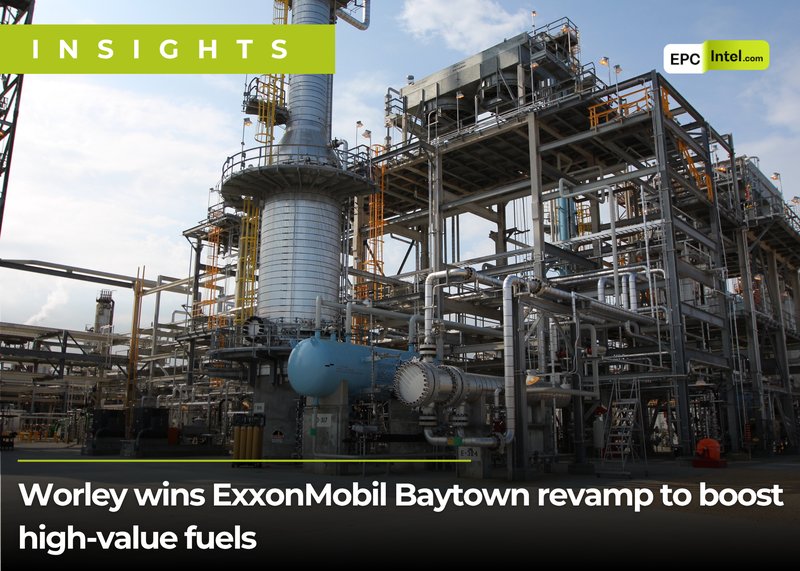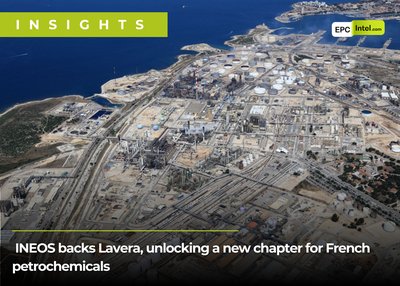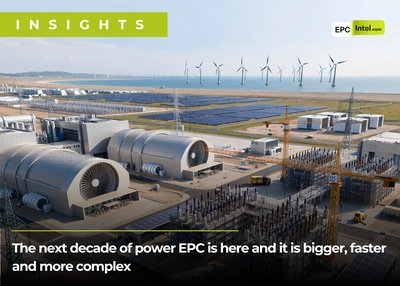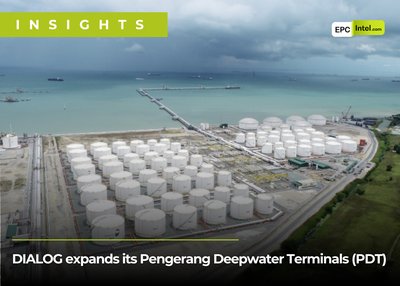ExxonMobil has taken a major step in repositioning its downstream portfolio, awarding Worley Limited a construction services contract for the large-scale reconfiguration of its integrated Baytown complex in Texas. The project aims to shift production toward higher-value base stocks and distillates, improving manufacturing flexibility and overall efficiency.
The reconfigured complex will be capable of producing a broader range of premium lubricants and performance products, enabling ExxonMobil to become one of the few suppliers offering the full spectrum from Group I to Group V base oils. The upgraded units are scheduled to start operations in 2028.
Worley’s U.S. team will deliver construction services over a 24-month period, covering infrastructure modifications, equipment installation, and integration of new processing technologies. “We are proud to be selected by ExxonMobil for this significant project,” said Chris Ashton, CEO of Worley. “Our work supports customers’ needs across sustainable, transitional, and traditional energy as they continue to meet the increasing demands for energy.”
Building on a long Baytown track record
This latest award builds on Worley’s long-standing involvement at Baytown and across ExxonMobil’s U.S. downstream network.
In 2021, Worley supported ExxonMobil’s petrochemical expansion at Baytown, which included construction of a 350,000 tpa linear alpha olefins unit and a 400,000 tpa solution polymer unit. The company handled tie-ins, utilities, and offsite infrastructure, laying a strong foundation for future site upgrades.
A year later, Worley was selected for an EPC scope supporting ExxonMobil’s low-carbon hydrogen and ammonia development adjacent to the Baytown complex. That project is designed to produce around one billion cubic feet of hydrogen per day and capture up to seven million tonnes of CO₂ annually. The hydrogen and ammonia facility will help decarbonize the wider Baytown complex and future Gulf Coast industrial users.
These past projects have given Worley deep familiarity with the site and its complex interface systems, a key advantage as it undertakes the new reconfiguration work.
Scale, scope, and supply chain potential
Although ExxonMobil and Worley have not disclosed the contract’s value, EPCIntel.com estimates that similar large-scale refinery reconfiguration programs on the U.S. Gulf Coast typically involve total capital expenditures of between USD 1–3 billion. Construction packages such as Worley’s often represent 15–30 percent of total spend.
The largest cost components are likely to include process equipment and modular systems, piping and steelwork, civil foundations, and instrumentation and control integration. Given the complexity of the retrofit, numerous subcontracting opportunities are expected across mechanical installation, heat exchangers, rotating equipment, and control systems.
This creates a substantial supply chain opening for U.S. and international contractors specializing in revamp, brownfield integration, and modular fabrication.
Strategic context
The Baytown reconfiguration strengthens ExxonMobil’s downstream integration and margin resilience. With global gasoline demand plateauing, the move toward higher-value lubricants, distillates, and chemical intermediates gives ExxonMobil greater flexibility and stability across market cycles.
The project also aligns with ExxonMobil’s broader low-carbon strategy. The proximity of the planned hydrogen and carbon capture projects will allow synergies in hydrotreating, utilities, and CO₂ management, linking the refinery to the emerging Houston carbon storage network.
For Worley, the contract further reinforces its U.S. backlog and demonstrates its ability to deliver both transitional and traditional energy projects. It highlights the company’s growing role as a key partner for integrated energy majors navigating refinery modernization and decarbonization.
The Baytown reconfiguration is one of the most significant U.S. downstream transformation projects under execution this decade. For suppliers, the project offers more than construction scope — it is a proving ground for integration-ready technologies, advanced materials, and digital execution capabilities across the energy transition spectrum.




